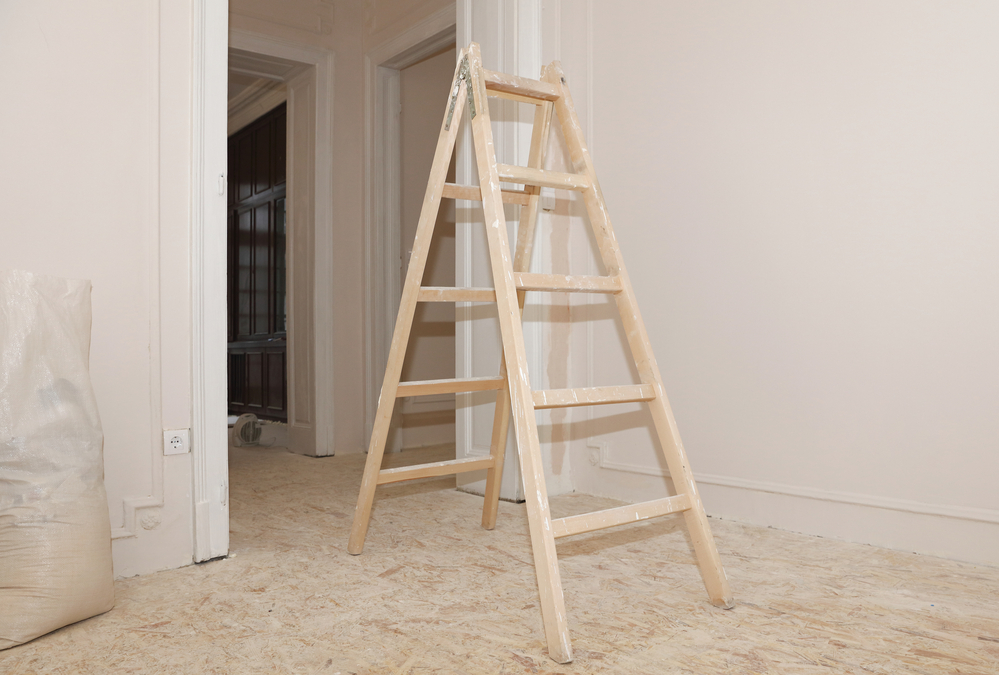In recent years it has become an increasingly common practice to convert commercial premises into houses. In this post we are going to describe the steps to follow whene form a place for housing.
Transform a premises into a home It is an increasingly demanded practice among young people (sometimes students) who want to choose to have a house from their youth at a more affordable price than other possibilities.
also among some elderly people who see this option as a way to improve their accessibility to be at street level with ease.
Without forgetting that some owners of various premises understand that reforming any of them for housing can be a important economic asset.
But,what steps you have to follow when reform a place to turn it into a home?
How to make a local a home: requirements
To make the move from a local to a home, a series of requirements must be met: legal, urban and architectural factors.
Although each municipality has its own regulations, in general these are the requirements to reform a local housing.
- Must comply with Technical Building Code CTE especially in its sections on Accessibility (SUA) and Health (HS).
- It must have a useful area greater than 35 m2Although this figure may vary according to each consistory.
- must have head roomonce discounted the false ceilings, of a minimum 2.5 meters in at least three quarters of the usable area.
- Likewise, it must conform to the minimum surface dimensions for each of the rooms indicated by the habitability regulations.
- At least one façade must face the street and have, at least, 3 meters wide.
- It has to comply with the ratio of the percentage of holes for the entry of light and ventilation in each room, as also established by the habitability regulations.
- The kitchen needs to have an independent smoke outlet, regardless of the existing windows.
- If windowless bathrooms are available, they need to have a vent to the deck.
- The premises, and future house, must be above the street level.
Steps to follow to turn a local into a home
- The first thing is to know if the place where we want to do the reform complies with urban planning regulations to carry out the reform. Thus, you have to contact a architect or technical architect and ask for a budget to assess whether the change of use would comply with municipal planning regulations.
- If it is feasible to carry out the project, the technical project of the new housealong with the necessary reforms to comply with habitability regulations.
- Also, you have to apply for the approval of the community of owners. In general, an informative burofax with access to the project must be sent to each neighbor.
- Similarly, it is necessary to require the administrative approval of the city council To obtain the planning license. To do this, you must present the project signed by an architect, and pay the corresponding fees and taxes.
- Once the license is obtained, you can proceed to the construction site according to the deadlines that appear in the administrative document.
- Once the reform is completed, the competent technician has to sign the final work certificate, which must be presented at the town hall.
- Subsequently, the municipal technicians will inspect the new home and, if the work conforms to the project, they will grant the first occupation license.
- As the last steps, you have to go to a notary to draw up new deeds stating that the premises are now housing, register the new deeds in the property registry and process the modification of the use of the property in the cadastre.
The periods that elapse from the drafting of the project and the obtaining of the first occupation license after the work usually oscillate between half a year and 8 months.
